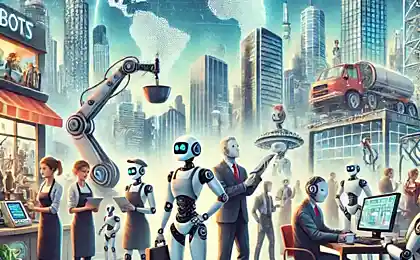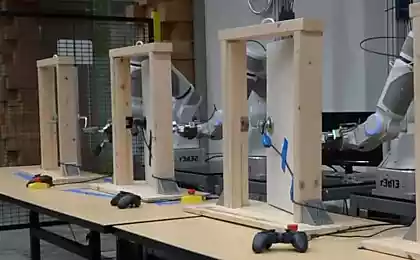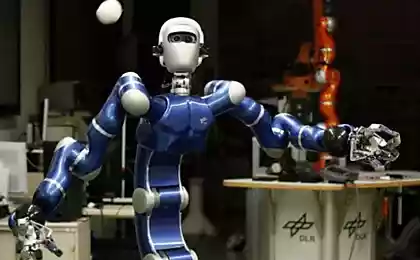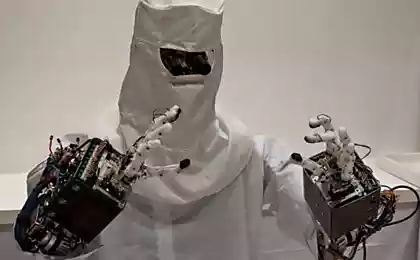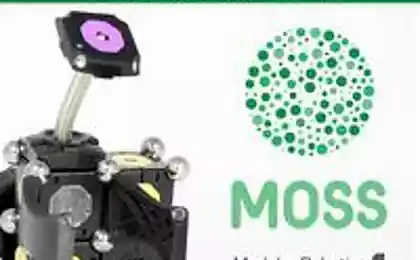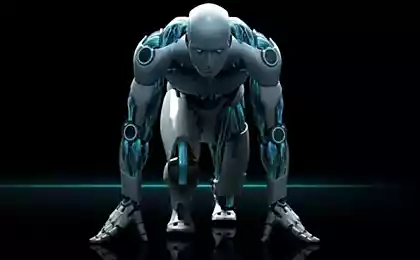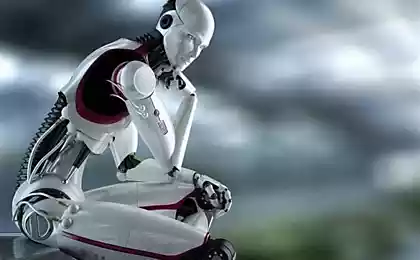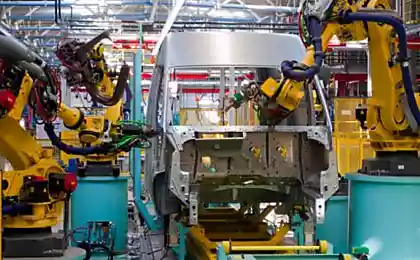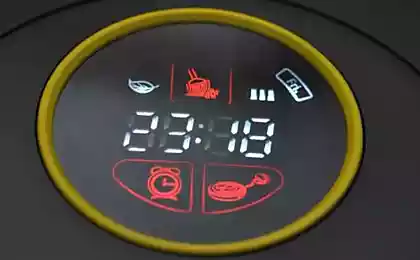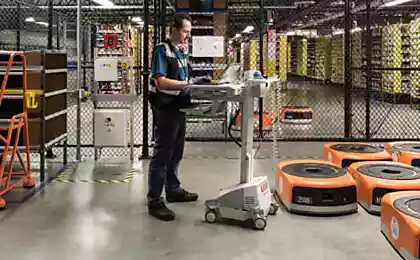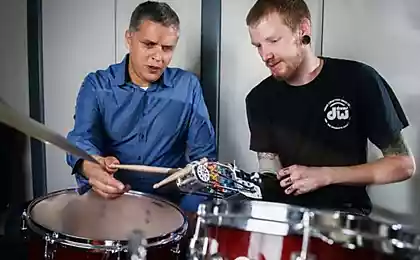Welcome to the city of robotic cars
The town includes about 8 kilometers of roads with intersections, traffic signs and signals, sidewalks, benches, street lamps, hydrants, parking, 40 dummy buildings and obstacles, such as road barriers, installed at road works.
Appointment of the town - a test of new robotic vehicles for safety before they find themselves in the real world.
The town simulates a wide range of tasks for robotic vehicles in urban and suburban environments. There is a traffic circle, bridge, tunnel, dirt roads, and even four-lane highway. The researchers came to the establishment of the town with great care in the details, for example, there are road signs covered with graffiti, faded yellow and white line road markings on the streets.

The town is a polygon Mcity Mobility Transformation Center of the University of Michigan in Ann Arbor, Michigan. Construction at a cost of 10 million dollars. Mcity contains all the attributes of a real suburb or small town.

Mobility Transformation Center is a public-private partnership between the automotive industry, government and academia. The center was established to lay the foundation for a commercially viable ecosystem "connected" and autonomous vehicles that will revolutionize the movement of people and goods around the world. More than a century of Michigan is a major world center for Automotive Research. In Michigan is 375 automotive research centers, there is the highest concentration of specialists in the organization of production and mechanical engineers in the United States. For three years, the University of Michigan, is engaged in research of connected cars, which have already created about 9000.

The study of so-called & quot; connected car & quot ;, within the limits of the town Mcity, it is another important goal of the center. Connected cars may either interact with each other (vehicle-to-vehicle control - V2V) or road infrastructure such as traffic lights, which are located near the roadway (vehicle-to-infrastructure control - V2I). Already 3000 "connected cars" moving along the roads in the city of Ann Arbor, able to communicate with each other and with the road infrastructure.
Numerous industrial and government partners Mobility Transformation Center reflect the extensive prospects of this technology opening in the future. In the private sector, MTC partners are automakers, as well as road infrastructure manufacturers, insurance companies, telecommunication companies, etc. Mobility Transformation Center is also working with government agencies at the federal, municipal and state levels.

In addition to the road infrastructure in the city will be and pedestrians. It is a robot named pedestrian Sebastian, which will check the possibility of vehicles to stop in time when a pedestrian on the road. Appeared in the city with motorcyclists and cyclists.
The town is part of a larger project, which aims to release on the road by 2021. Michigan 20000 "connected" and the semi-autonomous vehicles.
This video shows moments of particular car pedestrians and cyclists. There you can see a simple robot pedestrian Sebastian.
It is worth noting that this is only the beginning of the road to autonomous machines, nor in 2020, nor later autonomous vehicles can not go anywhere without adequate road infrastructure. Reconstruction of the road will require a large investment and can not happen quickly. Another negative factor - the need for major repairs of roads. Like everywhere roads require periodic overhaul and reconstruction. The economic crisis of the US and the rapid aging of the vast network of roads built in the 1970s-80s, do not allow to maintain the roads in good condition. "Killed the road" there are in the United States.
America's Infrastructure Disinvestment Will Slow the Development of a Sustainable Economy :
Quantifying infrastructure investment is a challenge, but one place to start is by looking at the amount of money the government spends on buildings and large-scale projects. Nationwide, public construction spending is just over 1.5 percent of GDP - the lowest share since 1993. Public construction does not exactly equate with infrastructure investment, but it's a fair proxy ... Most of the money spent on building schools, highways and waste disposal facilities comes from state and local governments, not from the federal government. As of April 2014, more than 90 percent of the $ 267 billion spent by the public sector (at a seasonally adjusted annual rate) was at the state and local levels ... blockquote> It is interesting that the quality of roads in the United States, that is, .e. on the receipt of taxes going to the maintenance and reconstruction of infrastructure, in addition to reduce the flow of road haulage and therefore fuel consumption, influenced by the increased efficiency of cars and, in the long term, electric vehicles themselves - a tax on the maintenance of roads included in the price of fuel. Obviously in the future taxes will be revised and extended to electric cars and hybrids.
Heavy damage to roads in the United States recently struck the weather - the most northern US states are located at a latitude of Crimea. Unusually severe frosts seriously damaged cover many roads.
Americans Pay Steep Price for Repairs Caused by Bad Roads: Study
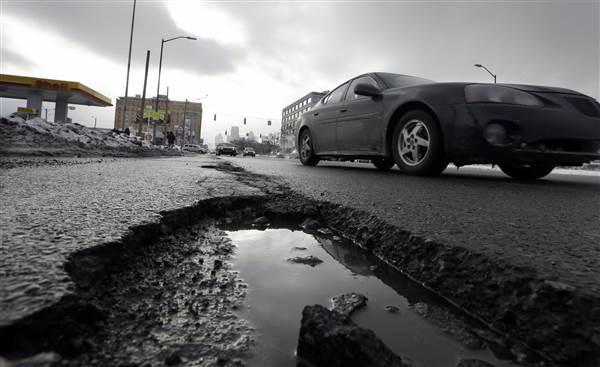
In this Feb. 11, 2014 photo a car drives by a pothole in Detroit. The relentless cycle of snow and bitter cold this winter is testing the skeletons of steel and cement on which communities are built. Pipes are bursting in towns that are not used to such things, and roads are turning into moonscapes of gaping potholes big enough to snap axles of passing vehicles. Carlos Osorio / AP file blockquote> But, in general, the prospects are good. According to the Boston Consulting Group market autonomous vehicles will grow to 42 billion dollars by 2025. And in 2017 will be sold a large number of semi-autonomous vehicle, able to work on autopilot while holding the number of the highway, with the restructuring of a number of automatic and automatic parking.
Sources h4> U-M opens Mcity test environment for connected and driverless vehicles
Robot Cars Get 32-Acre Michigan City to Hone Driving Skills
Source: geektimes.ru/post/259224/



